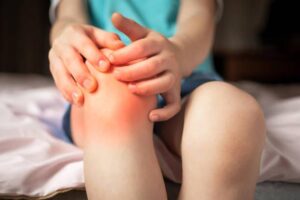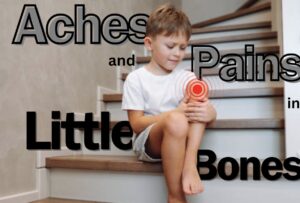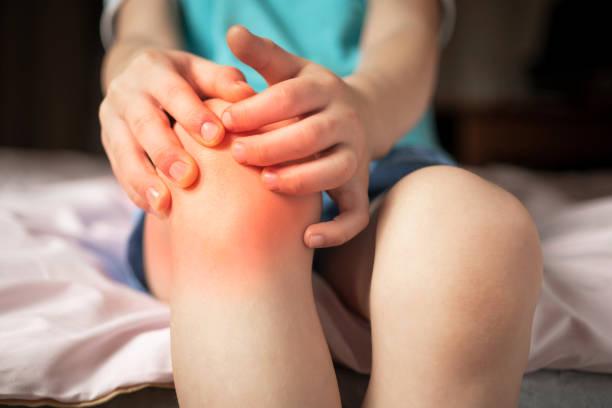Aches and pains in little bones
We want children to be happy all throughout their childhood. But there can be episodes of aches and groans in children that may cause parents to get worried. While these pains are , in most cases, trivial, yet some underlying disorders may sometimes be the reason, waiting only to be diagnosed later at an advanced stage. Hence, it is important not to overlook any symptoms related to bones and muscles.
The most common type of pain that children suffer from is the one that appears in the evening or at night and sometimes awakes the child from sleep. These painful episodes are better known as “Growing Pains.” These episodes occur following a day of intense physical activities. Howsoever painful it may be, it disappears in the morning, and the child can resume normal activities without a trace of symptoms.
Children can be managed with gentle massage, compression, warm or cold compress. Analgesics are rarely required. Children usually outgrow these aching episodes without any sequelae. Having said that, it is important to keep their nutritional status optimum and prevent deficiency of essential nutrients such as vitamin D .
The following are the red flags:
Pain in the morning, swelling of joints, fever, redness, joint stiffness, decreased intake and reduced play activities.
If any of these occur, parents should consult a specialist.







